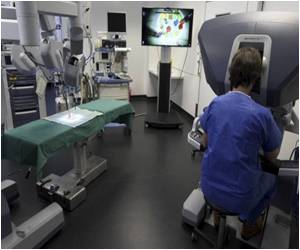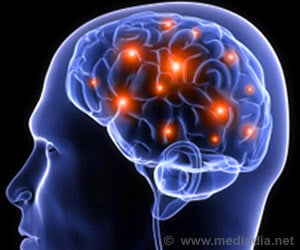Researchers have successfully demonstrated pattern recognition using a magnonic holographic memory device consisting of a magnetic matrix with micro-antennas.

Pattern recognition focuses on finding patterns and regularities in data. The uniqueness of the work is that the input patterns are encoded into the phases of the input spin waves.
Spin wave devices have advantage over their optical counterparts because they are more scalable due to a shorter wavelength. Also, spin wave devices are compatible with conventional electronic devices and can be integrated within a chip.
The researchers built the memory device consisting of a magnetic matrix with micro-antennas to excite and detect the spin waves.
"We were excited by the pattern recognition. The device works not only as a memory but also a logic element," said Alex Khitun, research professor at UC Riverside.
Holography has also been recognized as a future data storing technology with unprecedented data storage capacity and ability to write and read a large number of data in a highly parallel manner.
Advertisement
Source-IANS















